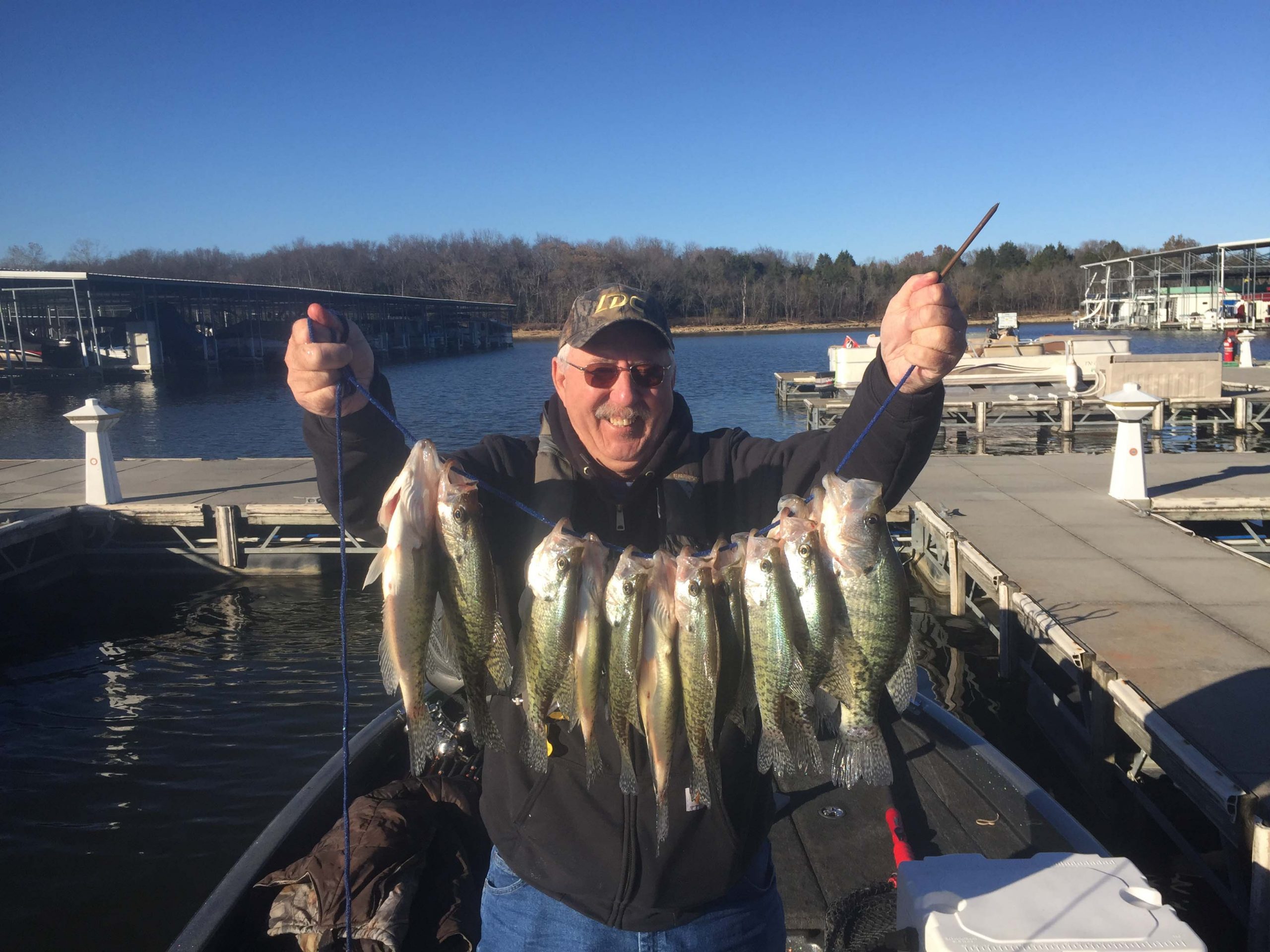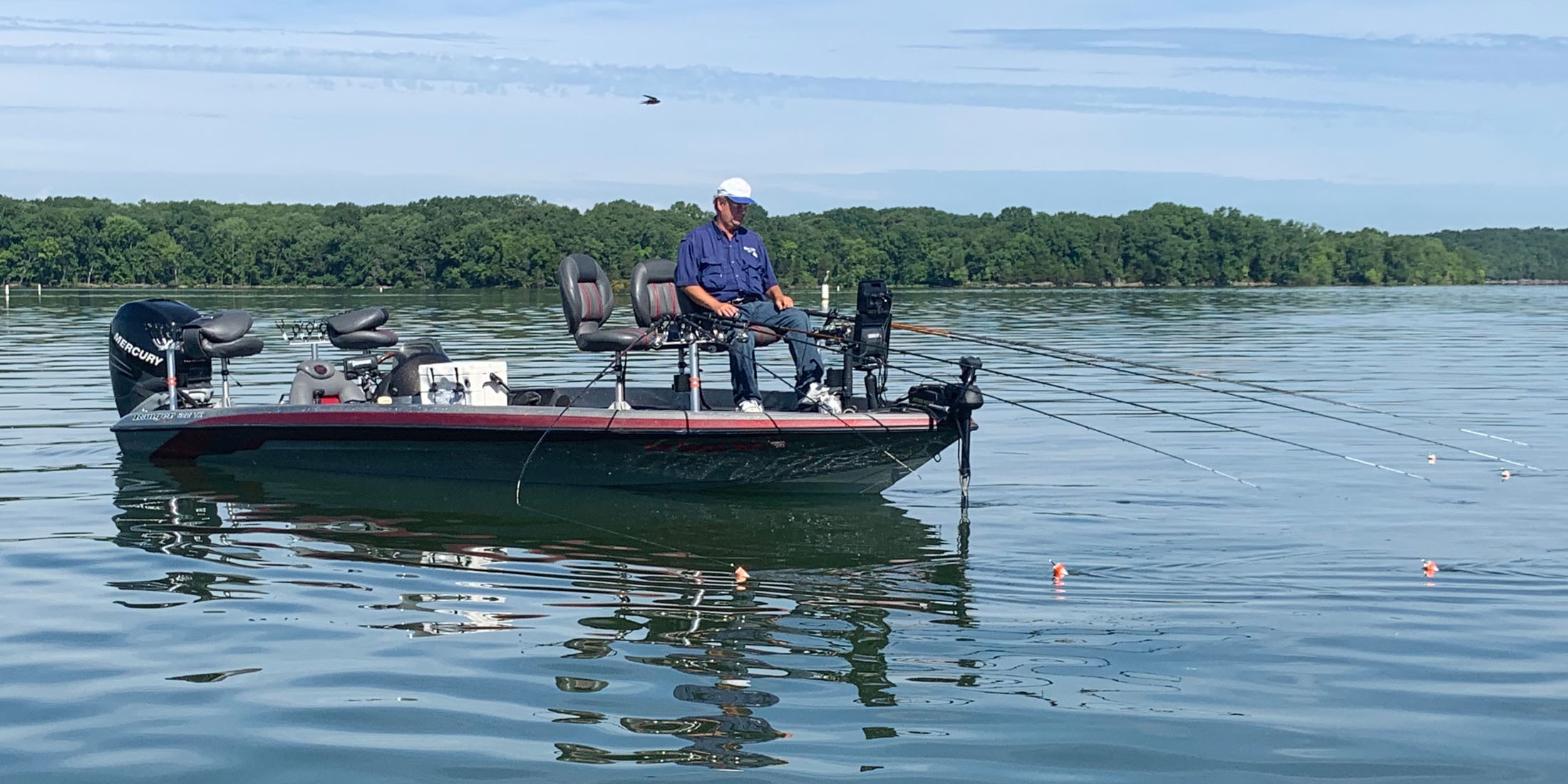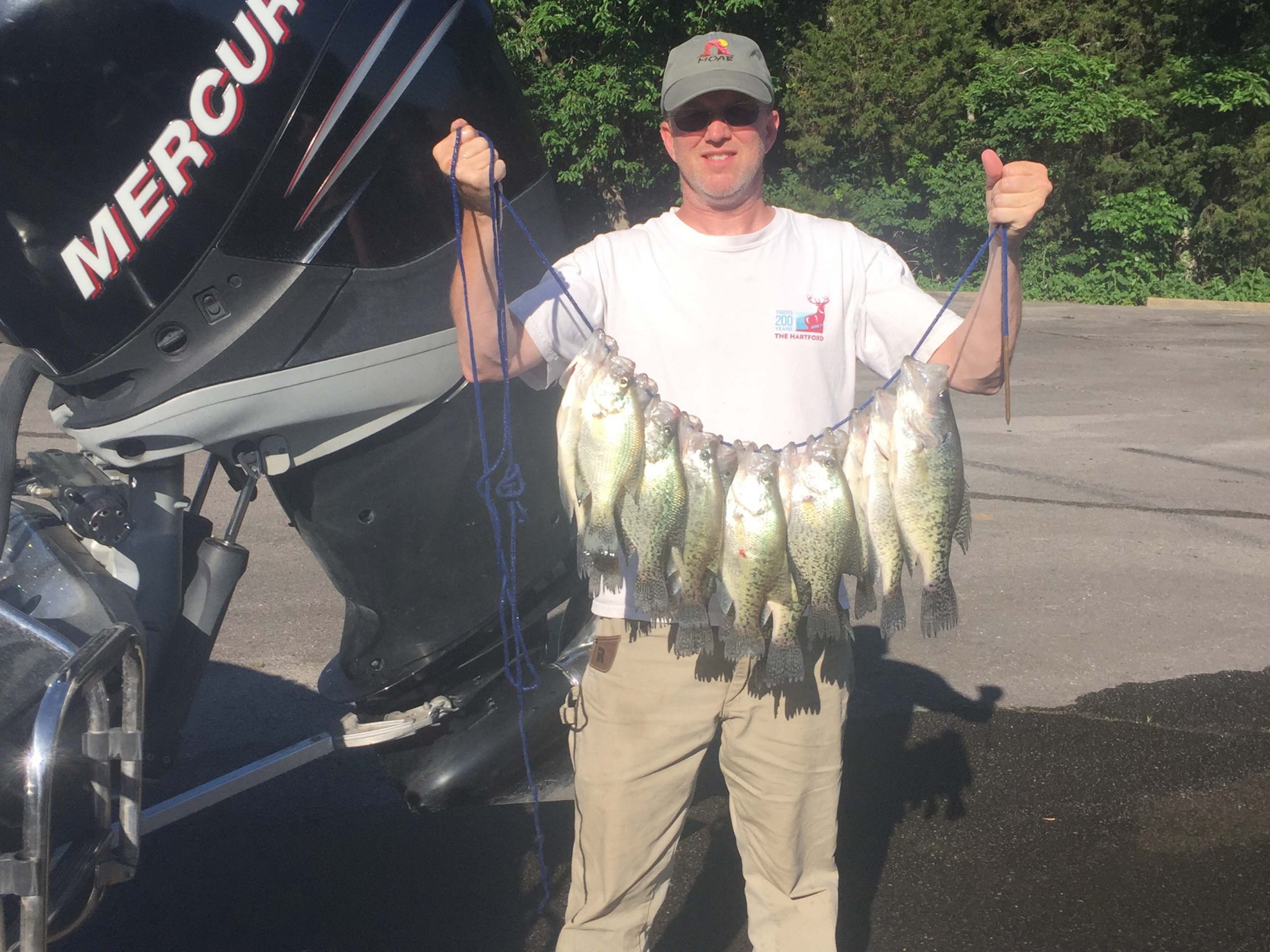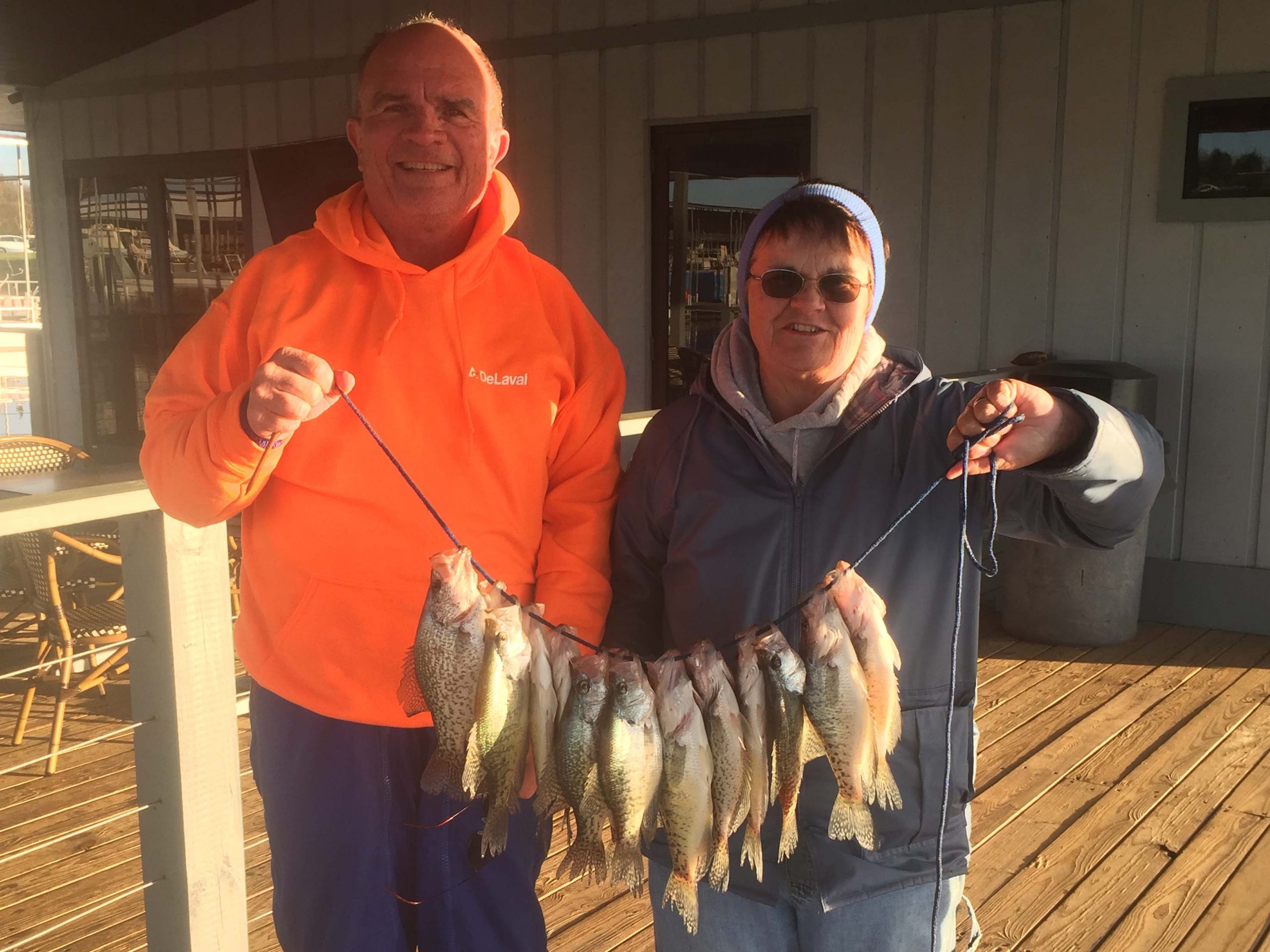TENNESSEE’S
PREMIER FISHING CHARTER SERVICE
TENNESSEE’S
PREMIER FISHING CHARTER SERVICE
&
CRAPPIE FISHING GUIDE SERVICE
615-542-9800

Welcome To Mark Travis Crappie Guide Service.
Let us guide you to the big crappie! Our TN fishing on Percy Priest Lake year round and Normandy Lake in the fall offer exciting fishing experience for the family. Our multi-pole technique called “power corking” is tons of fun as well as very effective. Men, women, and children enjoy these techniques. Book your trip today don’t delay time slots fill up fast.
TN CRAPPIE FISHING DOSN’T
GET ANY BETTER THAN THIS
All about fishing for white and black crappie in TN.
Crappie Fishing Waters In Tennessee
Tennessee fishing waters and crappie go hand in hand. Major lakes with plentiful, quality crappie fishing include Boone Lake, Calderwood Reservoir, Center Hill Lake, Cheatham Lake, Cherokee Lake, Chickamauga Lake, Chilhowee Lake, Cordell Hull Lake, Dale Hollow Reservoir, Douglas Lake, Fort Loudoun Lake, Fort Patrick Henry Reservoir, Great Falls Lake, J Percy Priest Lake, John Sevier Reservoir, Kentucky Lake, Lake Barkley, Melton Hill Lake, Nickajack Lake, Normandy Lake, Norris Lake, Ocoee Lake, Old Hickory Lake, Parksville Reservoir, Percy Priest Lake, Pickwick Lake, Reelfoot Lake, South Holston Lake, Tellico Reservoir, Tims Ford Lake, Watauga Lake, Watts Bar Lake and Woods Reservoir. Many other small lakes, rivers and ponds also contain excellent schools of crappie.
Crappie are actually a member of the sunfish family and can be found in many Tennessee lakes. Crappie are known by many different local names. Paper mouth, goggleye, bridge perch, slabs and speckled perch, are just a few.

Crappie are school fish and can be caught by still-fishing, casting, trolling or drifting. Spring is the best time to catch crappie as they are involved in their spawning runs. They love cover, so locate brush, stumps or artificial cover at appropriate depths and you are likely to find crappie. At dawn you may find them close to the surface. As the sun hits the water they drop to 5 or 10 feet deep depending on water clarity. As the sun gets higher in the sky they may retreat to deeper water, 25 feet or more. As the sun begins to set they will move back up to the shallows and finish the day at the surface as dusk turns to darkness. Typically they return to deeper water for the night and may occasionally do some feeding during the dark hours.
Baits which imitate minnows, insects, worms or small crustaceans will attract crappie. The more aggressive the crappie are, the faster you can move the bait to cover more water.
The purpose of the page is to provide specific detailed information about fishing for crappies. Find information on basic trends and seasonal patterns of both black and white crappie in your local waters by visiting the crappie fishing page for your state. See state list below. Find tips, recommended tackle, techniques and more.





